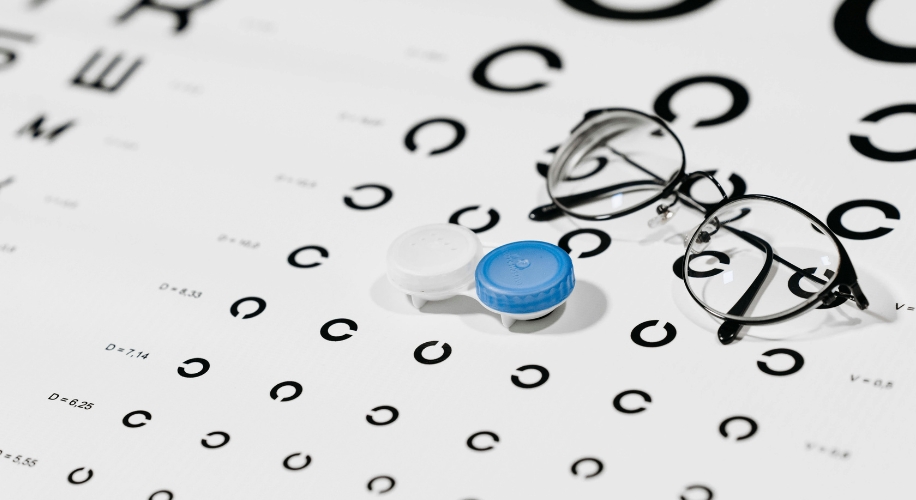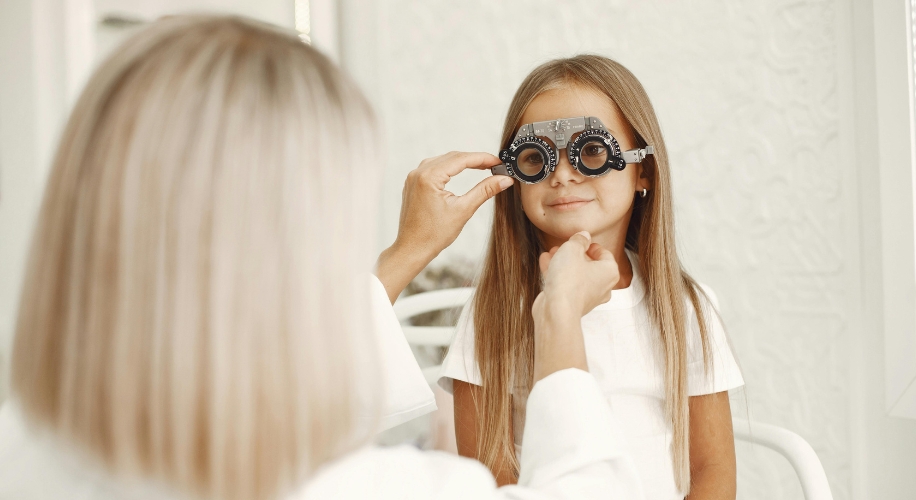Demystifying Visual Acuity
- BY Dr. Steven Liem
- IN Eye Health
Visual acuity, a term you might have come across during an eye check-up, refers to the sharpness or clarity of vision. It’s a standard measurement used by eye care providers to assess how clearly you see at a certain distance. Understanding this term can help you make informed decisions about your eyewear and eye health.

Photo by Pavel Danilyuk
Understanding How Visual Acuity is Measured
Typically, visual acuity is measured using a Snellen chart, which features rows of letters that gradually decrease in size. This measurement is expressed as a fraction, such as 20/20. The top number indicates the distance at which the test is conducted (usually 20 feet), while the bottom number represents the smallest size of the letters that you can read on the chart. If you have 20/20 vision, you can see at 20 feet what an average person can see at that distance. However, if your visual acuity is 20/40, you would need to be as close as 20 feet to see what an average person can see at 40 feet.
Although 20/20 is often considered “normal” vision, it’s possible to have better than 20/20 vision. Some people can have 20/15 vision, which means they can see objects clearly from 20 feet away that most people can only see clearly at 15 feet.
Photo by Gustavo Fring
Factors That Affect Visual Acuity
Various factors can affect visual acuity, including:
- Eye health: Eye diseases such as glaucoma, macular degeneration, and diabetic retinopathy can reduce visual acuity.
- Refractive errors: Myopia (nearsightedness), hyperopia (farsightedness), and astigmatism can blur vision, reducing visual acuity. These conditions can usually be corrected with prescription eyewear or contact lenses. Explore the science behind how glasses work by clicking here.
- Lighting conditions: Visual acuity can be affected by the amount and quality of light. It’s often better in bright light and worse in low light or glare conditions.
Improving and Protecting Your Visual Acuity
Regular eye examinations are crucial to maintaining and improving visual acuity. These exams not only measure your visual acuity but also assess the overall health of your eyes, including screening for conditions such as glaucoma and cataracts. Detecting these issues early can help preserve your vision. If you have a refractive error, your eye care provider can prescribe corrective eyewear to enhance your vision and recommend appropriate treatments to manage any eye conditions identified during the exam.
Understanding visual acuity empowers you to take an active role in your eye health. By scheduling regular eye exams, you can identify and address any vision problems early on. Whether you have perfect 20/20 vision or require corrective lenses, prioritizing your eye health ensures you can experience the world in all its crisp detail. Remember, clear vision is essential for everything you do, from reading your favorite book to navigating your day-to-day activities. Prioritize your eye health with Zenni eyewear and enjoy a clearer, brighter view of the world!



